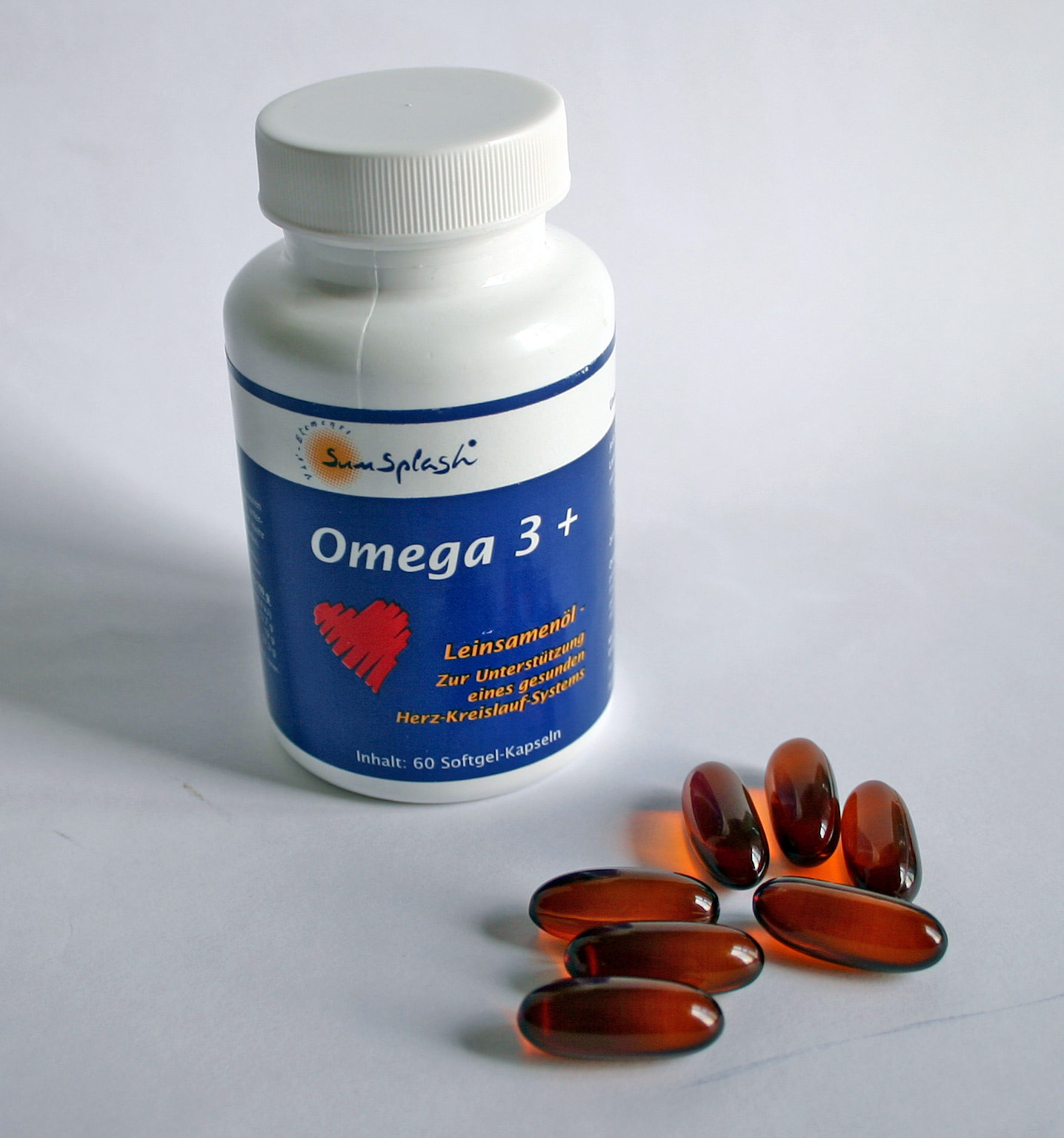
A small bar of dark chocolate a day can keep stress at bay, according to a small study by international researchers. German and Swiss researchers have found that eating about an ounce and a half of dark chocolate a day for two weeks reduced the levels of stress hormones in highly stressed people.
Dark chocolate, which is rich in a variety of bioactive compounds, also partially corrected other imbalances in the body related to stress, making it a natural way to ease stress.
"The study provides strong evidence that a daily consumption of 40 grams (1.4 ounces) during a period of two weeks is sufficient to modify the metabolism of healthy human volunteers," wrote the researchers led by Sunil Kochhar, from the Nestle Research Center in Lausanne, Switzerland.
The study, published online in ASC's Journal of Proteome Research, comes amid growing scientific evidence that antioxidants and other beneficial substances in dark chocolate may reduce risk factors for heart disease and other illnesses.
The trial was performed on 30 people who were classified as having low or high anxiety. Researchers measured levels of stress hormones in blood and urine samples collected several times a day from the participants in the trial to measure metabolic changes.
The participants snacked on 20 grams of dark chocolate mid-morning and again as an afternoon snack.
The researchers said people with high anxiety traits had a distinct metabolic profile, and changes that occurred from eating dark chocolate showed up clearly after two weeks with reduced stress hormones and other stress-related biochemical markers.
But they said the study was small and further research was necessary -- while nutrition experts were quick to add that chocolate is high in fat and too much can lead to weight issues.
Read More..



























